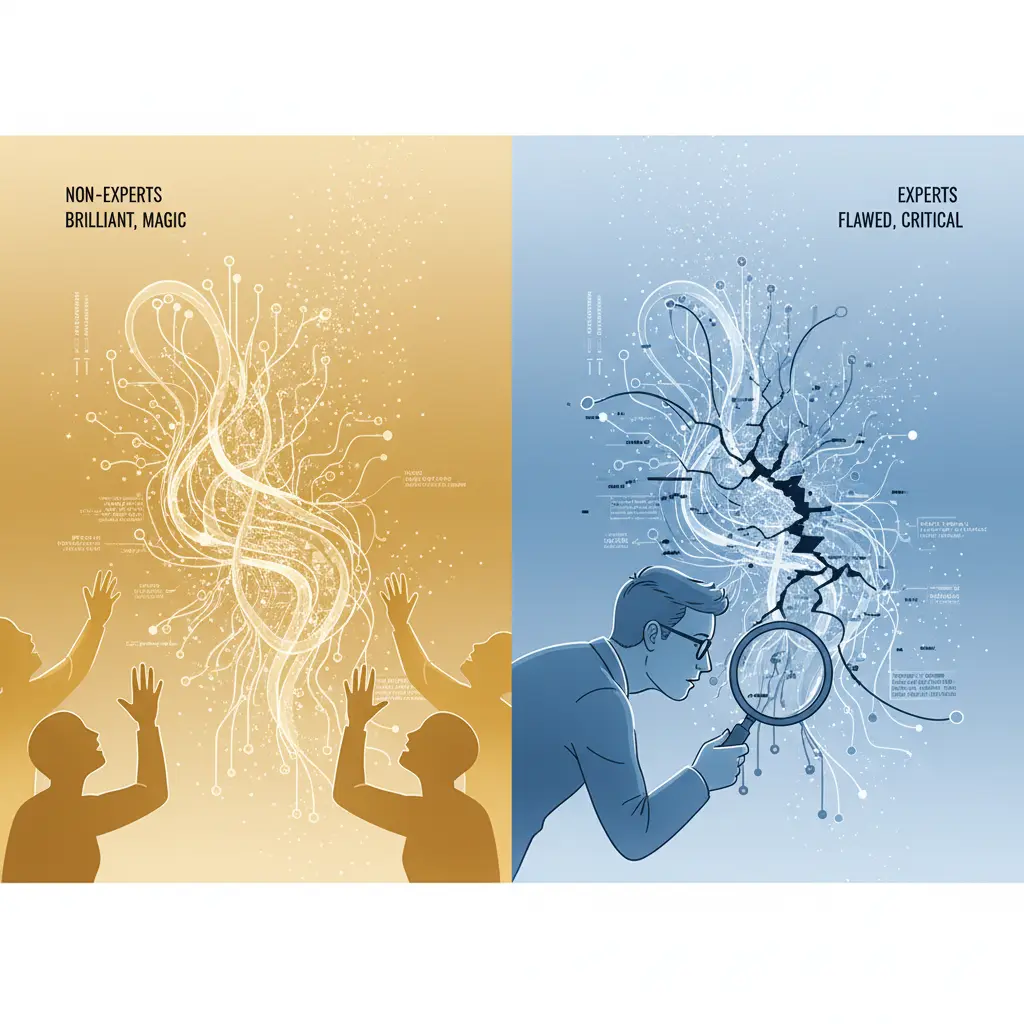Data-to-Decision Acceleration

Why Turning Raw Data into Rapid Insight Is Mid-Market Leaders’ Next Competitive Battleground
Executive summary
The volume of enterprise data will grow at roughly 2× the rate of global GDP for the rest of the decade, according to IDC’s 2024 Global DataSphere forecast (Revelations in the Global DataSphere, 2024: Key Trends and Takeaways).
Yet most mid-market firms (500-5,000 staff; US $50 m-$1 bn revenue) still rely on 1990s tooling to make 2020s-level decisions: PwC’s 2024 CSRD study found 90% of companies still plan to do critical reporting in spreadsheets (Global CSRD Survey 2024 | PwC), while a UK government business survey showed only 21% analyse their own data for new insight and just 2% apply AI to decisions (UK Business Data Survey 2024).
Insights-driven businesses, by contrast, are already scaling at >30% CAGR and out-earning laggards by a projected US $1.8 trillion (Insights-Driven Businesses Set The Pace For Global Growth).
The gap between data collection and decisive action is widening fast; closing it is where Mindlace delivers disproportionate value.
Mindlace helps companies in seven key moments. This post unpacks Moment 2 – Data-to-Decision Acceleration: the point where an organisation moves beyond static reports and gut-feel judgments, wiring AI-powered dashboards, smart alerts and copilots directly into day-to-day workflows so leaders and teams can act on real-time insight instead of hindsight. See a summary of all key moments here.
The pain: why mid-market operators feel it first
- Data deluge without data teams – Mid-market firms capture similar volumes of operational data as larger peers (ERP, CRM, IoT), but lack the headcount of Fortune 500 analytics hubs. HBR notes that overwhelmed managers “tackle issues that are too difficult straight out of the gate” and stall their programmes (Getting Your Company’s Data Program Back on Track).
- Spreadsheet ceilings – Heavy spreadsheet use makes lineage opaque, breeds version conflict and throttles real-time insight. Organisations then pass costs downstream via firefighting and rework.
- Dashboard fatigue, insight deficit – Generic BI dashboards answer what happened, not why or what next. Decision latency expands; opportunities expire.
- Budget pinches hit tooling first – Only 24% of CMOs (a good proxy for revenue-facing execs) say they have enough budget for 2024 strategy (Marketing Budgets: Benchmarks for CMOs in the Era of Less - Gartner); analytics platforms and specialist hires are usually the first to be deferred.
- Risk of “pilot purgatory” – McKinsey observes that many data initiatives never progress past proof-of-concept, so value realisation stalls (The data-driven enterprise of 2025 - McKinsey & Company).
- Leadership caught between hype and reality – A 2024 HBR survey of 334 CDOs found most firms have not yet adapted data strategies for Gen AI, limiting ROI despite executive pressure (Is Your Company’s Data Ready for Generative AI? - Harvard Business Review).
- Regulatory drag – ESG and CSRD mandates require traceable, auditable data pipelines; spreadsheets cannot meet upcoming assurance standards.
- Talent frustration and churn – Knowledge workers already spend ~40% of their day locating information, not using it (>reviewed in multiple HBR time-use studies) (Reducing Information Overload in Your Organisation). Data friction fuels disengagement.
Strategic upside: what rapid data-to-decision unlocks
- 8-10 point EBITDA uplift from faster pricing, inventory and working-capital decisions (Mindlace client benchmarks & McKinsey meta-studies).
- 20-30% cycle-time reduction in product iteration where feedback signals surface within minutes not weeks.
- Double-digit increase in win-rate when frontline teams receive predictive insight (e.g. churn risk, next-best-action) at the point of customer contact.
- Resilience: firms with AI-ready data estates adapt 2× faster to supply-chain shocks (Where Data-Driven Decision-Making Can Go Wrong - Harvard Business Review).
Mindlace Pathforger for Data-to-Decision Acceleration
- Discovery Sprint (2 weeks)
- Map decision loops that create disproportionate value (pricing, CX triage, demand sensing).
- Quantify latency cost: every hour between event → action.
- Rapid Insight Fabric (6-12 weeks)
- Stitches source systems via event-stream pipeline; surfaces a single “source of truth” dataset.
- Embeds small-language-model agents to translate raw rows into narrative insight for non-technical users.
- AI-assisted Workflow (next 6 weeks)
- Auto-push prescriptive recommendations into CRM, service desk or ERP at the moment of work.
- Closed-loop capture ensures models learn from outcomes.
- Enable & Scale (ongoing)
- Train internal analysts on low-code connectors and Mindlace playbooks.
- Governance templates meet audit & CSRD traceability from day one.
Our Impact Pledge applies: each fortnightly sprint must deliver a measurable drop in decision latency or the sprint is free.
Your next move
- Identify one high-impact decision loop where latency ≥ 24 hours.
- Book a 30-minute diagnostic with Mindlace; we’ll benchmark current “time-to-insight” against peers and outline a 90-day acceleration roadmap.
The firms that compress data-to-decision time this year will own their category’s growth curve next year. Let’s make sure yours is one of them.





